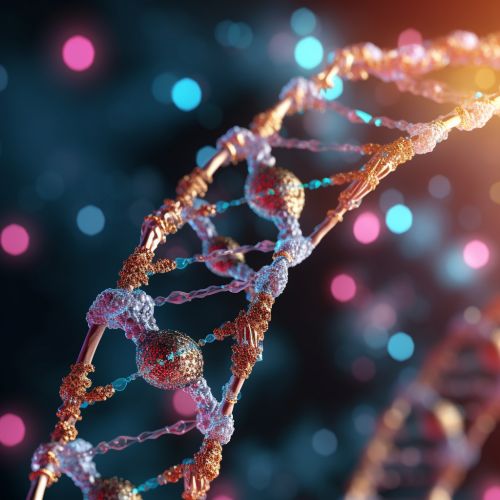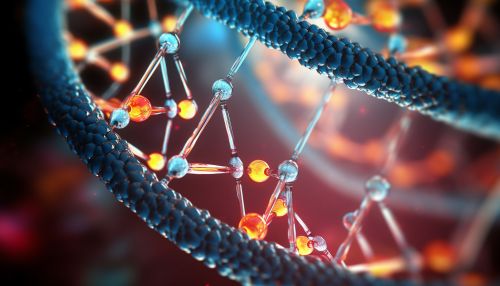Advances in Understanding the Human Genome and Epigenome
Introduction
The Human Genome Project (HGP) has revolutionized our understanding of the human genome. It has provided a comprehensive map of the three billion base pairs in the human genome, leading to the identification of approximately 20,000-25,000 genes. However, the complexity of human biology cannot be fully explained by the genome alone. The term 'epigenome' refers to the multitude of chemical compounds that modify the genome without changing the DNA sequence, and that have a direct impact on the structure and function of the genome.
The Human Genome
The human genome is the complete set of genetic information for humans (Homo sapiens). It is encoded as DNA sequences within the 23 chromosome pairs in cell nuclei and in a small DNA molecule found within individual mitochondria. The genome contains both protein-coding (exons) and non-coding regions (introns). The human genome is estimated to contain 20,000-25,000 protein-coding genes, far fewer than had been expected before its sequencing. In addition to these protein-coding genes, the human genome contains RNA genes, regulatory sequences, introns, and noncoding DNA.
The Human Epigenome
The human epigenome is a multitude of chemical compounds that tell the genome what to do. The human genome is the complete blueprint of genetic instructions for building a human, while the epigenome is the set of instructions that govern how the blueprint is implemented. These instructions can change the structure of the genome and turn genes on or off. The chemical compounds of the epigenome are not part of the DNA sequence, but are on or attached to the DNA strand. The epigenome shapes the physical structure of the genome; it tightly wraps inactive genes, making them unreadable, and it relaxes active genes, making them easily accessible. Different cells have different epigenetic marks, which is why a skin cell looks and acts differently from a brain cell, even though they have the same DNA.


Advances in Understanding the Human Genome
Since the completion of the Human Genome Project in 2003, there have been significant advances in understanding the human genome. One of the major advances has been the identification of non-coding regions of the genome that were once considered "junk DNA". These regions, now known as regulatory elements, play a crucial role in controlling the expression of genes. Another major advance has been the discovery of copy number variations (CNVs) and single nucleotide polymorphisms (SNPs), which contribute to genetic diversity and susceptibility to diseases.
Advances in Understanding the Human Epigenome
The field of epigenetics has also seen significant advances in recent years. The development of high-throughput sequencing technologies has enabled the comprehensive mapping of epigenetic marks across the genome. This has led to the discovery of novel types of epigenetic marks and their role in gene regulation. Furthermore, it has been found that the epigenome can be influenced by environmental factors, such as diet and stress, and that these changes can be passed on from one generation to the next. This has profound implications for our understanding of heredity and evolution.
Implications of Advances in Understanding the Human Genome and Epigenome
The advances in understanding the human genome and epigenome have far-reaching implications for medicine and biology. They are paving the way for the development of personalized medicine, where treatments can be tailored to an individual's genetic and epigenetic profile. They are also shedding light on the complex interplay between genes and the environment, and how this can influence health and disease. Furthermore, they are challenging traditional concepts of heredity and evolution.
